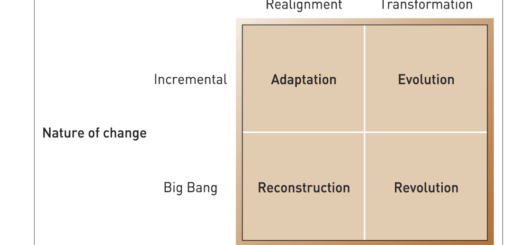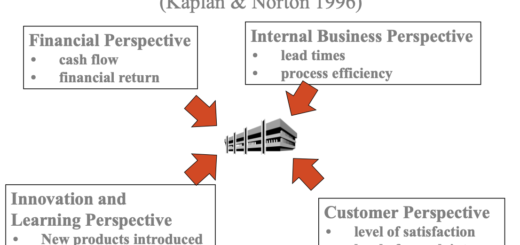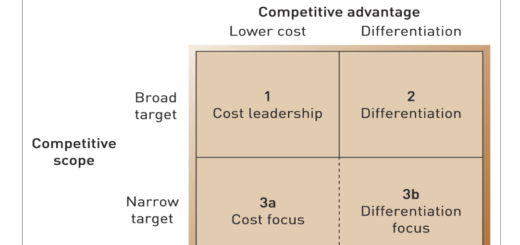The Role of Strategic Planning
Strategic planning is a vital tool for organizations to define their long-term direction and establish a roadmap for achieving their goals. The main role of strategic planning is to provide a structured approach to identify an organization’s strengths, weaknesses, opportunities, and threats, and to develop a plan that leverages the organization’s strengths to capitalize on opportunities and minimize the impact of weaknesses and threats.
The key role of strategic planning includes:
- Defining the organization’s purpose and vision: The strategic planning process helps an organization to define its purpose and vision, which serves as a guiding principle for all decisions and actions.
- Establishing long-term goals: A strategic plan helps an organization to identify long-term goals that are aligned with its purpose and vision.
- Analyzing the external environment: The strategic planning process helps an organization to analyze the external environment to identify opportunities and threats that could impact its success.
- Analyzing the internal environment: The strategic planning process helps an organization to analyze its internal environment to identify strengths and weaknesses that could impact its success.
- Developing a roadmap: A strategic plan provides a roadmap that outlines the steps an organization needs to take to achieve its goals and objectives.
- Aligning resources: A strategic plan helps an organization to align its resources (financial, human, and technological) with its goals and objectives.
- Monitoring progress: A strategic plan helps an organization to monitor its progress towards achieving its goals and objectives, and make adjustments as needed.
In summary, the role of strategic planning is to provide a structured approach for organizations to define their direction, establish long-term goals, analyze their internal and external environment, and develop a roadmap for achieving their objectives.
The potential benefits and dangers of strategic planning
Potential benefits of strategic planning:
- Provides a clear direction for the organization
- Helps to prioritize resources and align them with the organization’s objectives
- Identifies areas of strength and weakness
- Increases the likelihood of success by minimizing risks and taking advantage of opportunities
- Enhances communication and coordination across the organization
- Provides a framework for decision-making
- Helps to monitor progress and adjust course as necessary
Potential dangers of strategic planning:
- Can be time-consuming and costly
- May not accurately predict the future or adapt to changes in the environment
- Can create unrealistic expectations or goals that are difficult to achieve
- Can lead to resistance to change from employees
- May lead to overconfidence or complacency
- Can limit creativity and innovation by locking an organization into a specific plan
- May not consider the perspectives of all stakeholders.
In summary, strategic planning has several benefits, such as providing a clear direction, prioritizing resources, and enhancing communication, but it also has potential dangers, such as being time-consuming, limiting creativity, and not considering all stakeholders. It is important for organizations to weigh the potential benefits and dangers before embarking on a strategic planning process.





